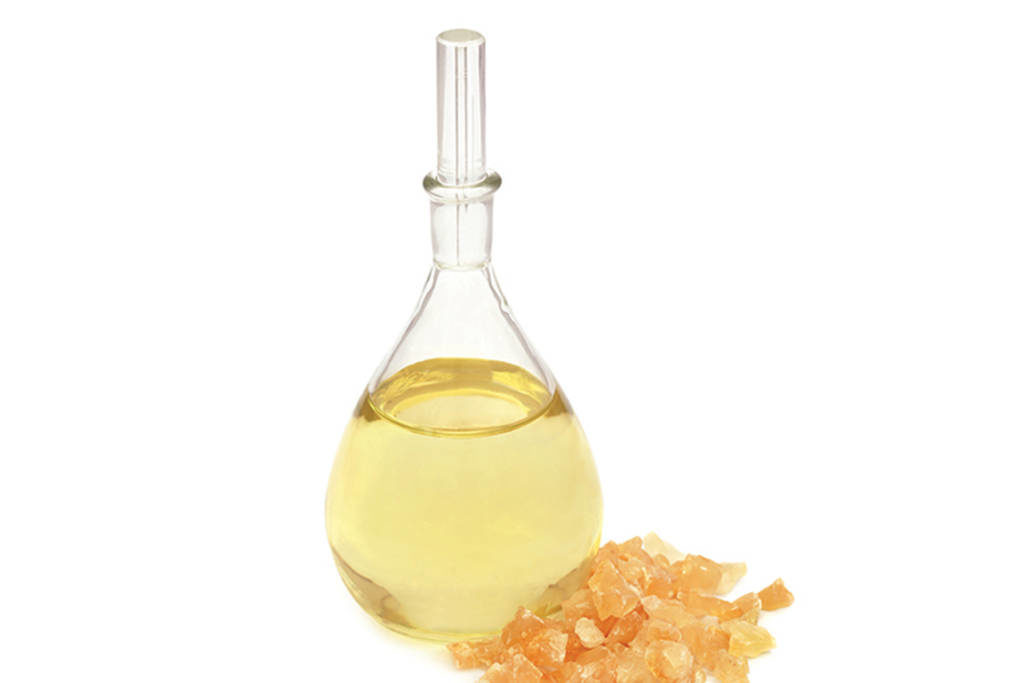Some commonly discussed herbs and plant-based products have been around for years, in some cases for centuries. It’s funny how herbs that have been used for hundreds of years need to be proven to anyone, while some recently created prescription drugs are automatically accepted at face value.
A good example of this would be one of my favorite herbs: Boswellia. A very popular herb today, it is also known as Indian frankincense, an herbal extract taken from the Boswellia serrata tree. Boswellia extract is sourced from the gum resin produced by the Boswellia serrata, native to Africa and Arabia. You will see Boswellia serrata in many stores today, from quality health food and natural product stores to boutiques. It is offered in many forms from essential oils, singular supplement form, in blended supplement formulations, and in body products, cosmetics and more recently seen in foods and beverages. It is not uncommon to see it recommended for topical as well as internal use in the herbal products industry.
Boswellia used internally in supplement form frequently provides tranquilizing and relaxing benefits—just one of the many effects it possesses. Extracts of Boswellia have been known to be used for anti-inflammatory effects in the digestive and elimination tract and the lungs, and for easing breathing and symptoms of asthma and allergies. Boswellia essential oils are also inhaled to ease breathing problems (1).
Many people like Boswellia because of its anti-inflammatory benefits, mostly for joint and arthritic problems. This may seem like new information, but surprisingly, some older studies on Boswellia consumption have resulted in significant improvement in knee arthritis pain after 8 weeks of treatment (2).
Boswellia tends to be easily absorbed internally, but for those with sensitive stomachs, it should be taken with food. When using it topically, it should be mixed with a carrier oil like coconut or almond—avoid using it full strength on the skin, as it may cause sensitivity or rash.
The benefits of thousands of years of use are new once again today!
References
- https://www.ncbi.nlm.nih.gov/pubmed/27117114 Postepy Hig Med Dosw (Online) 2016 Jan 4; 70:380-91. Frankincense--therapeutic properties. Al-Yasiry AR1, Kiczorowska B1
- Nutritional Modulators of Pain in the Aging Population J.Smithson, K. Mergenhagen, in Nutritional Modulators of Pain in the Aging Population, 2017










